At the beginning of July 2022, an employee of the European Investment Bank reported that the European Commission is interested in becoming the main investor of the Rogun energy project in Tajikistan.
The Rogun hydroelectric plant is under construction by an Italian company and has a mixed public-private investment of US$8 billion to double Tajik energy production, a total of 13.1 billion KWh.
This project will not only be able to meet the internal needs of the country, but will be able to export energy to neighboring Central Asian countries, mostly dependent on oil and natural gas from Russia.

The Rogun hydroelectric project in Tajikistan, the world’s highest power production dam
The Rogun hydroelectric project has been under construction since 2016 by Italian construction company WeBuild on the Vakhsh River, a tributary of one of Central Asia’s main rivers.
With budget of US$8 billion, with $3bn already invested for construction, the government of Tajikistan is building the highest dam in the world, with 335 meters of dam height, capable of generating 3600 MW (13.1 billion KWh), equivalent to 3 nuclear plants.
The dam complex will have 13.3 km2 and is a resumption of a project of the former Soviet regime. With 6 turbines, the hydroelectric plant has the potential to double the national energy production.
Almost 70% of Tajikistan’s population suffers from a power shortage and Rogun’s project plans to bring power to 8 million people, in addition to reducing 150,000 of annual carbon emissions.
The production that will be in the complex has the objective of exporting part of the energy to other countries of Central Asia, such as Uzbekistan, Kazakhstan, Afghanistan and Pakistan, by Project of Transmission and Trade of Electricity of South Central Asia (CASA-1000).
There were disagreements between Uzbekistan and Kazakhstan with the construction of this dam, since it will reduce the flow of the river and affect the agricultural production of cotton and wheat. However, in 2018 there was a first simulation of Rogun’s operation and the governments of the other countries ceased their reservations against the project.
How the European Investment Bank aims to invest in clean energy production in Central Asia
On 6 July 2022, a representative of the European Investment Bank (EIB) told the British news agency Reuters that there is a joint interest with the European Commission in becoming the largest investors in the Rogun hydroelectric project.
O EIB has already invested 182 million Euros in the period from 2014 to 2020 in Central Asia for industrial and energy development projects.
The European Union has the Global Gateway, a global integration strategy and your participation as an investor in the Rogun hydroelectric plant would be one of many projects that encompass this strategy.
Such cooperation between the EU and the EIB would aim to achieve “Central Asia’s energy independence from Russia.” But there are still no statements about the amount that will be invested in Rogun by the two actors.
How EU investment in Central Asia can make Tajikistan, Uzbekistan and Kazakhstan independent of Russian energy
Since the Russian invasion in February 2022 in Ukraine, the European Union aims to commercially isolate Russia and reduce the economic dependencies that other countries have with Moscow.
As nations of the former Soviet Union, these countries still maintain deep relations with Russia, Tajikistan is dependent on Russian oil and Uzbekistan and Kazakhstan import natural gas for national energy consumption.
With a production as large as expected by the Rogun dam, it will be possible to produce enough energy for Tajikistan’s national demand but also to export energy to these neighboring countries. Thus, they would no longer be dependent on Russia’s natural or economic resources.
The project of the EU Global Gateway is a way to invest in the greater energy and economic autonomy of these Central Asian countries, not only in relation to the Russian geopolitical threat, but also to the growth of China as a power.
Russia and Iran (investment recipients of China’s Belt & Road development initiative) have built two hydroelectric dams in the Tajik village of Sangtuda in the past.
European investment in Rogun is part of the search for greater participation and geopolitical power of the EU, since it would aim to reduce the Russian and Chinese influences of the region.
The future trend of using infrastructure investments as a geopolitical weapon
With China’s Belt & Road Initiative, global developmental projects have gained momentum in the geopolitical landscape as a way to gain international influence and strength.
The European Union’s investment in other countries from the Global Gateway is a response to the Chinese initiative, targeting countries that are economically dependent on China and Russia to strengthen them and decrease the geopolitical power of these two major countries in the region.
Investments in infrastructure have been gaining a new role in international relations, being a way for countries to strengthen themselves in the disputes of the multinational scenario and to gain geopolitical allies.
The participation of the EU and the European Investment Bank in Tajikistan has this other sphere of weakening their political opponents from the break of dependency and trade relations.
That is, it is not only a search for new relations and new allies, but weaken geopolitical opponents by withdrawing one of its allies and economic partners.
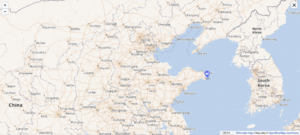




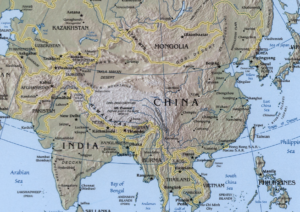
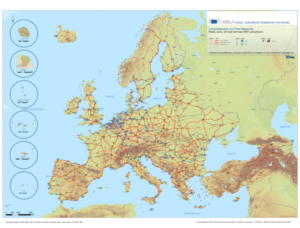




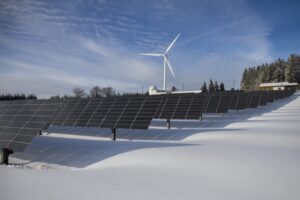





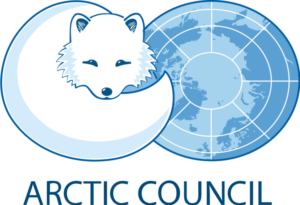





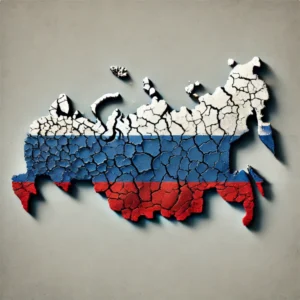
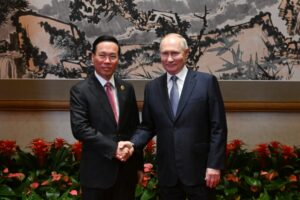
[…] military and civilian demands from the European Union in the security sector have raised expectations about the alliance’s contribution to crisis […]